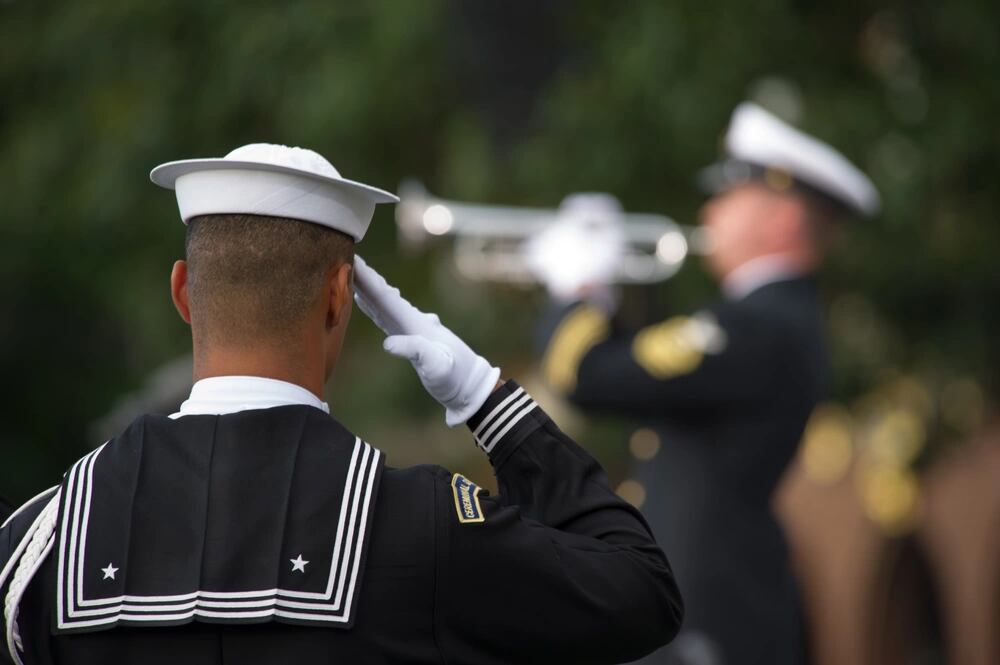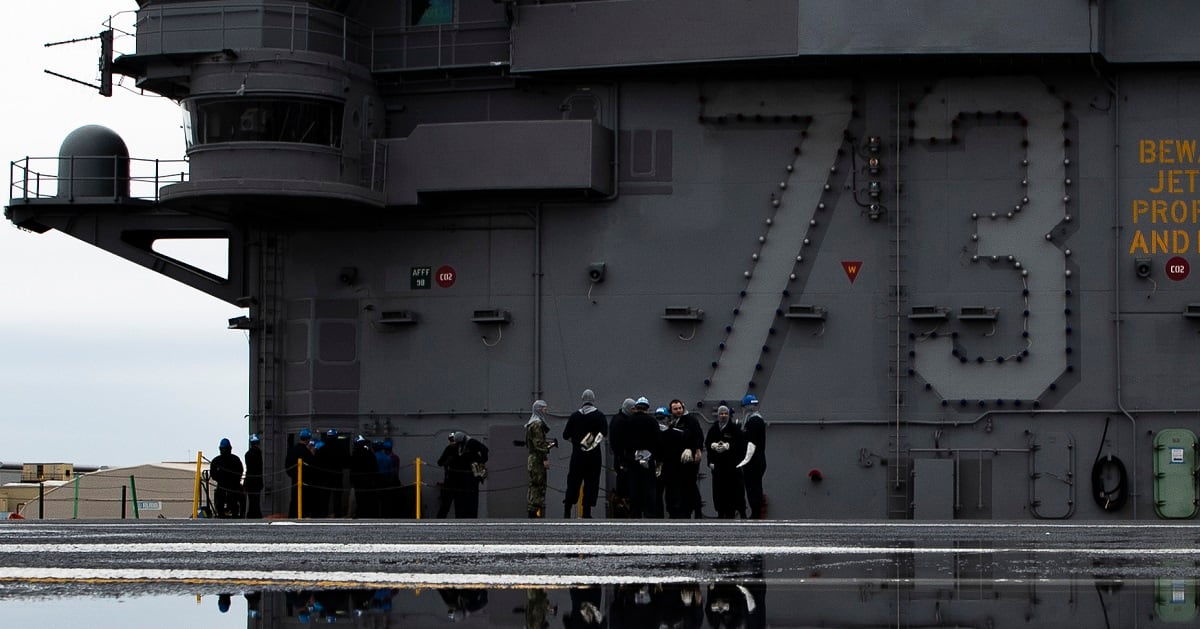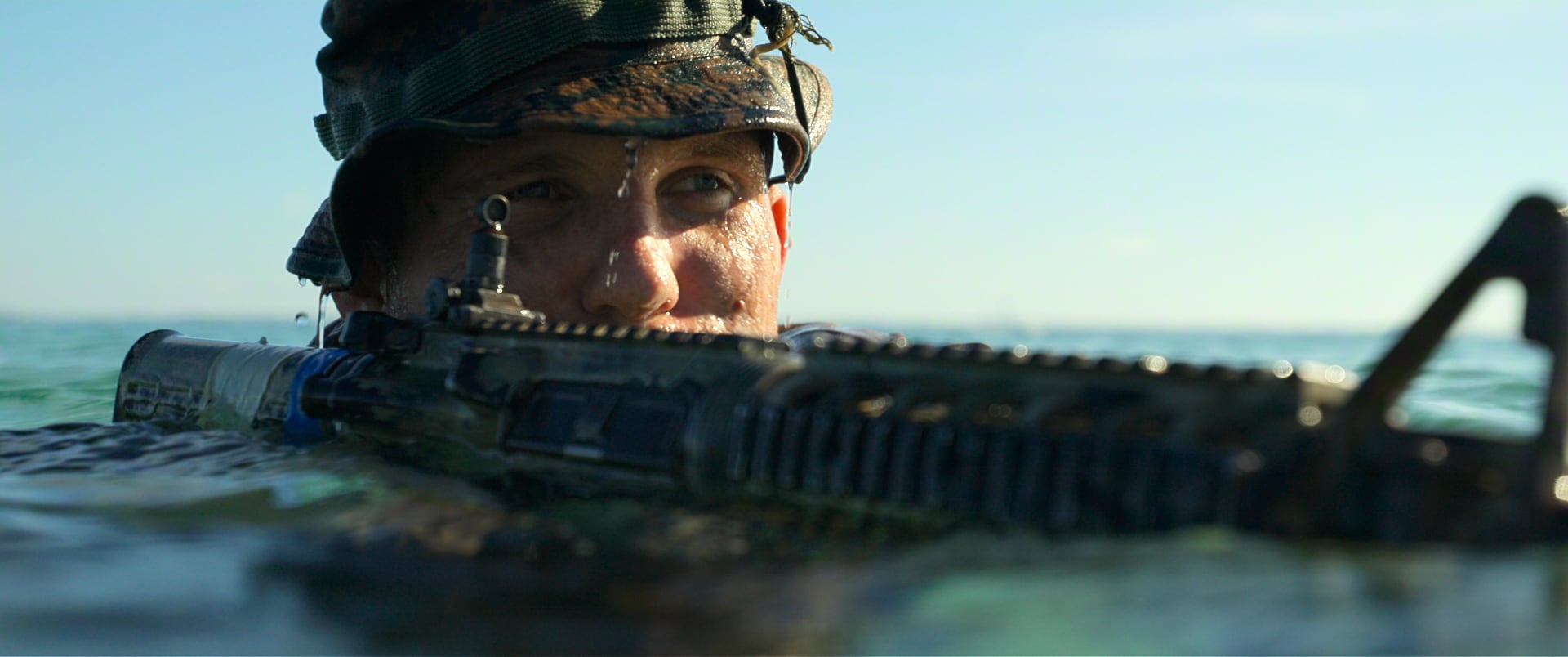Editor’s note: This report contains discussion of suicide. Troops, veterans and family members experiencing suicidal thoughts can call the 24-hour Suicide and Crisis Lifeline at 988 or 1-800-273-8255, texting 838255 or visiting VeteransCrisisLine.net.
An internal Navy audit has found that the sea service has struggled to properly implement its suicide prevention program, even as crews continue to grapple with shipmates lost to suicide and the brass speaks of tackling the problem.
Among the findings of a Naval Audit Service audit completed in January, selected commands were unable to determine whether all their sailors completed annual suicide prevention training, potentially hindering the ability of sailors to help themselves and their friends through crisis points.
Problems with the Navy’s suicide prevention program also threaten the service’s ability to fully surveil data and “proactively prevent a crisis,” according to the audit, which was obtained by Navy Times via a Freedom of Information Act records request.
Navy officials said Monday that the service has implemented all the reforms laid out in the audit and pushed other initiatives aimed at combating sailor suicide.
In a report focused on calendar year 2021 data, auditors found that the Navy’s 21st Century Sailor Office, known internally as N17 and falling under the chief of naval personnel did not track all so-called “suicide related behaviors,” which include everything from suicidal ideations to attempts and suicide deaths.
RELATED

The audit further found that certain commands did not have a “crisis response plan” in place and did not conduct annual drills as required by Navy instructions.
Failing to properly track all suicide-related behaviors, or SRBs, is limiting the service in its ability to further prevent suicides, auditors warned.
“Without a process for tracing the full details of all SRBs, the Navy cannot provide enterprise-wide SRB surveillance to proactively mobilize resources to prevent a crisis,” the audit states. “In addition, the Navy is unable to analyze SRBs as required.”
It notes that the 21st Century Sailor Office is not tracking suicidal ideations and “lacked the necessary management oversight and internal controls for verifying annual training completion.”
Auditors also found that higher-ups “did not provide management oversight” to ensure the surveyed Echelon 4 commands were completing crisis response plans and annual drills.
The Navy’s suicide prevention program is supposed to educate the fleet on suicide risk factors and warning signs, while fostering resiliency and supportive command climates.
As auditors began their work, they found that the Navy lacked “a complete detailed universe” of suicidal ideations, and that suicide attempts were not being tracked.
They found that roughly 60 percent of the Navy’s 238 suicide attempts in calendar year 2021 were missing command information, further hindering the service’s ability to analyze data and spot potential trends.
Unit-level suicide clusters have tragically emerged in the spotlight in recent years, for example, at the Mid-Atlantic Regional Maintenance Center and aboard the aircraft carrier George Washington.
In both clusters, investigators determined that the deaths were not connected, but noted systemic failures along the way.
RELATED

When it comes to annual suicide prevention program training, auditors found that none of the four selected commands they surveyed could verify that all of their sailors had gone through the training in fiscal 2021, a violation of Navy regulations that reflects a lack of higher-level oversight and internal controls.
The audit also found that the surveyed commands did not hold crisis response plan drills to ensure that sailors understand how to handle an SRB-related situation.
The audit was conducted from January 2022 to October and looked at data for calendar year 2021, when 59 sailors died by suicide.
To conduct the audit, staffers focused on four Echelon 4 active duty commands that had the highest number of SRBs in 2021: the aircraft carriers Carl Vinson and George H.W. Bush, Destroyer Squadron 9 and Helicopter Sea Combat Wing Pacific.
Echelon 4 commands were picked because that command level runs such programs.
Auditors originally planned to survey eight commands but stopped after the first four when they realized their findings “would have a systemic impact on the implementation of the Suicide Prevention Program.”

The audit notes that Carl Vinson had nine suicide attempts in 2021, but zero deaths by suicide, while fellow carrier George H.W. Bush had three attempts but also no deaths by suicide.
Helicopter Sea Combat Wing Pacific had three deaths by suicide in 2021, while Destroyer Squadron 9 had one attempt and one death by suicide, according to the audit.
Among prescriptions for reform, the audit service recommends that the 21st Century Sailor Office establish internal controls and oversight over SRB data collection and analysis, as well as annual suicide prevention training and crisis response plans.
“At a minimum, the policy would require collection of the name, date and location of deaths by suicide, suicidal attempts and suicidal ideations,” auditors wrote.
The Navy agreed with the need to better track such SRB data but also noted in its response that “research and literature does not support a linear relationship between suicidal ideation and suicidal death.”
“However, collection of detailed suicide related behavior data can be used to support Navy’s broader data analytics efforts in the behavioral space to identify risk and protective factors, and put actionable integrated prevention methodologies in place,” Navy officials wrote in their response.
While Navy officials concurred on the need to better ensure commands are tracking that their sailors complete annual suicide prevention training, the audit service report noted that officials did not lay out plans for better internal controls and management oversight to ensure commands track this data.
“We plan to conduct a follow-up audit in the future regarding 100 percent completion of the suicide prevention training and tracking of the completed training,” the January audit states.
The Navy also agreed to better ensure that the surveyed units are conducting annual crisis response plan drills as required.
CNP spokeswoman Capt. Jodie Cornell said in an email Monday that the service has begun tracking SRB data at the individual level, part of a “broader analytic effort to curb destructive behaviors.”
She noted that recent Navy actions on suicide prevention go beyond the scope of the audit service report.
Those actions include releasing a “Mental Health Playbook” and changing the name of N17 to the Navy’s “Culture and Force Resilience Office,” a change that better reflects that office’s broader goals.
“The U.S. Navy views suicide prevention as an all hands, years-long effort and will utilize findings from the Naval Audit Service report to help inform and continue Navy suicide prevention efforts,” Cornell said.
Geoff is the managing editor of Military Times, but he still loves writing stories. He covered Iraq and Afghanistan extensively and was a reporter at the Chicago Tribune. He welcomes any and all kinds of tips at geoffz@militarytimes.com.





